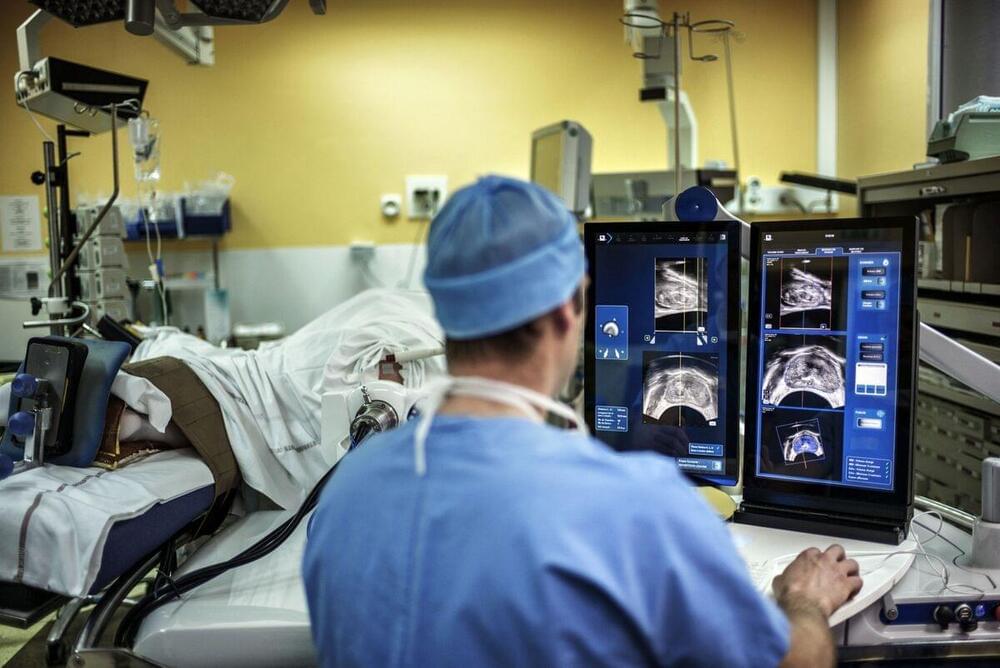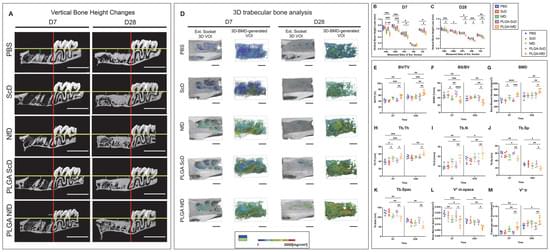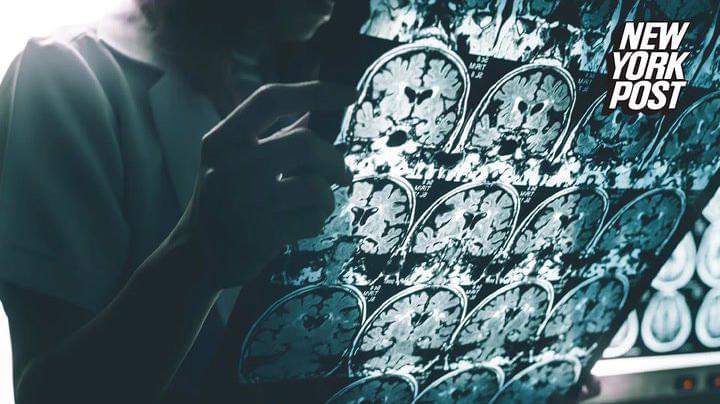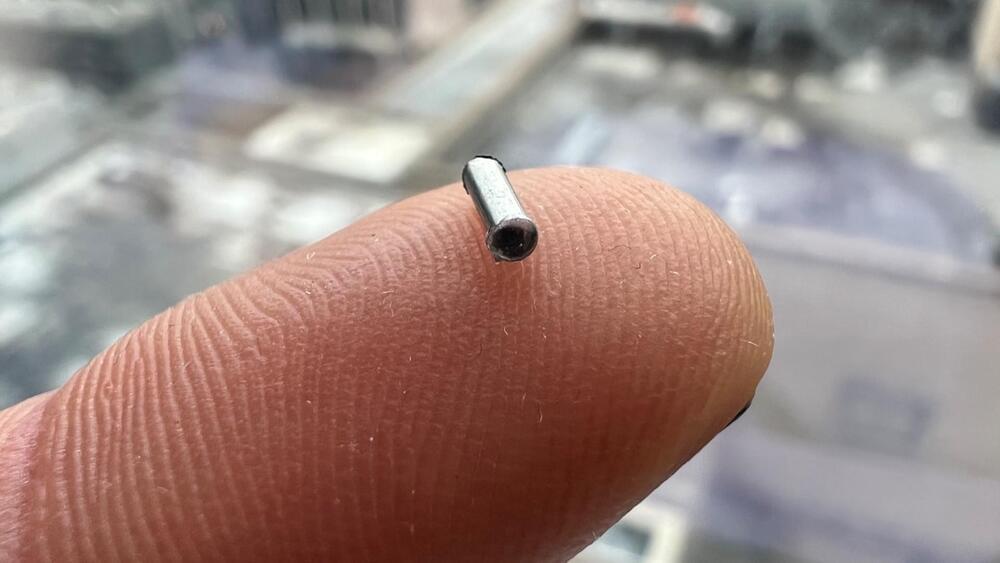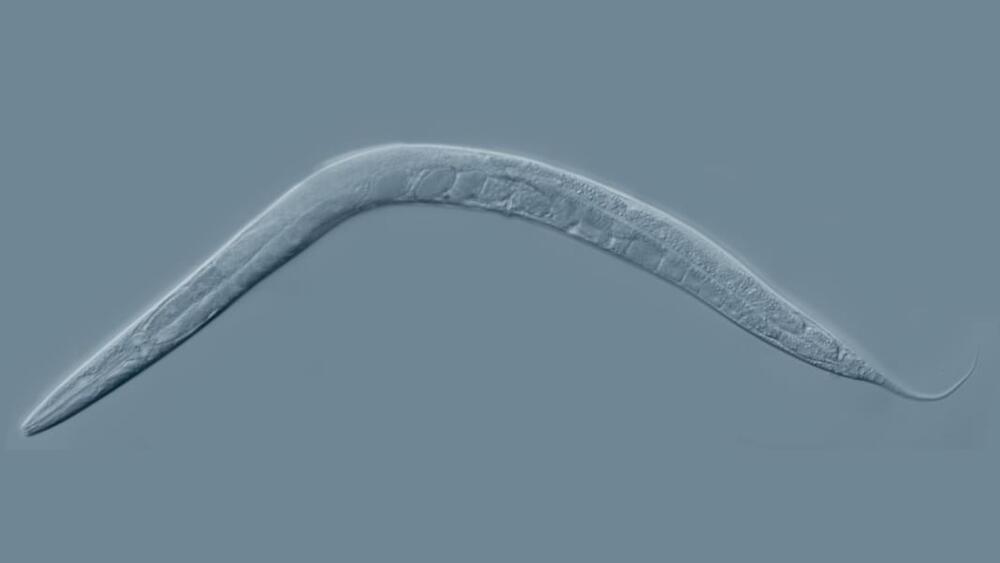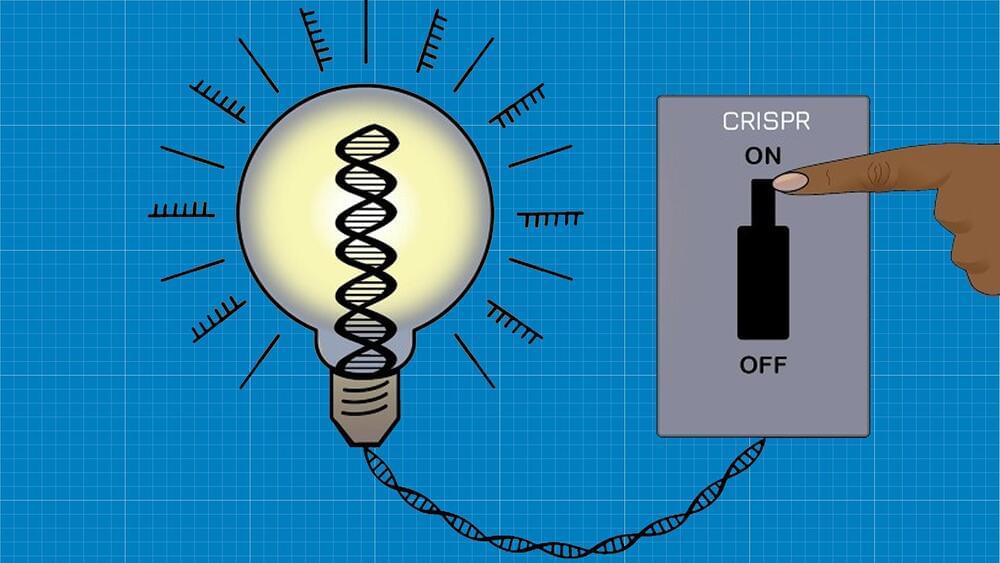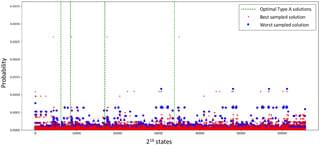Pushing The Boundaries Of Research To Build A Synthetic Kidney — Dr. Andrew McMahon, Ph.D. & Lewis Kleinberg, University Kidney Research Organization (UKRO)
The University Kidney Research Organization (UKRO — https://ukrocharity.org/) is a Los Angeles-based nonprofit charity, co-founded prominent entertainment attorney Kenneth Kleinberg, inspired by his personal journey with kidney disease, focused on supporting medical research and education related to the causes, treatment, and eradication of all forms of kidney disease.
Dr. Andrew McMahon, Ph.D. (https://keck.usc.edu/faculty-search/andrew-p-mcmahon/) is Director of the Eli and Edythe Broad Center for Regenerative Medicine and Stem Cell Research at USC, Provost Professor and the inaugural holder of the W. M. Keck Professorship of Stem Cell Biology and Regenerative Medicine, and is responsible for overseeing UKRO’s Synthetic Kidney Project. In addition, Dr. McMahon chairs the recently created Department of Stem Cell Biology and Regenerative Medicine at the Keck School. He also holds an appointment in the Department of Biological Sciences in the USC Dornsife College of Letters, Arts, and Sciences.
Previously Dr. McMahon served as professor in the Department of Stem Cell and Regenerative Biology, Department of Molecular and Cellular Biology and principal faculty member in the Harvard Stem Cell Institute, as well as led the Department of Cell and Developmental Biology at the Roche Institute for Molecular Biology.
Dr. McMahon received his bachelor’s degree from St. Peter’s College, Oxford University and his Ph.D. from University College in London. He subsequently worked for three years as a postdoctoral fellow at the California Institute of Technology.
